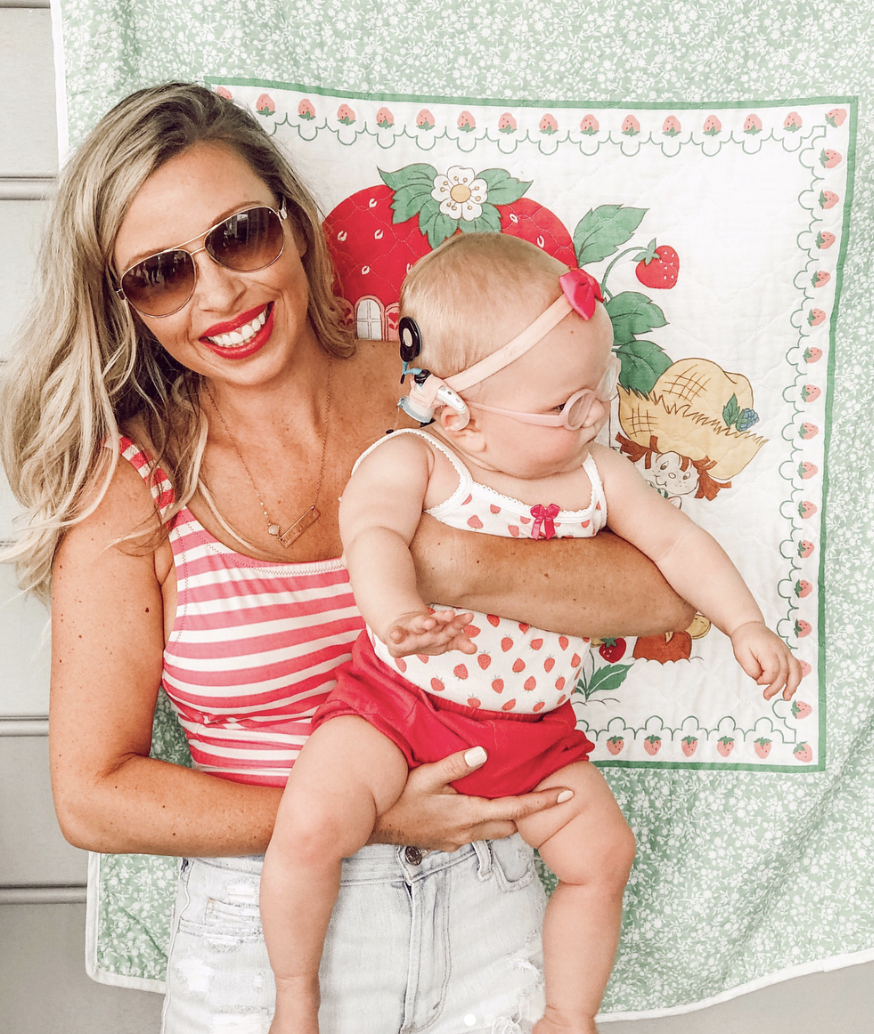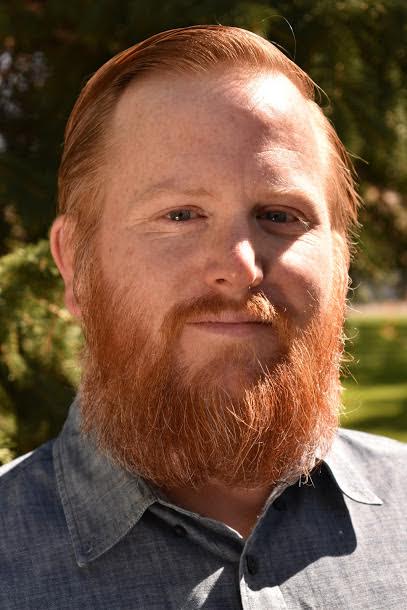By Casey Dandrea
Virginia toddler Charlotte (Charly)’s first experiences with sound using hearing aids captivated millions. The video, taken in 2017 when Charly was an infant, aired across multiple local television networks and went viral on the internet.
Photo credit: Christy Keane (@theblushingbluebird)
Charly’s mother, Christy Keane, is heard fighting back tears in response to her daughter’s expressions. “I’ve never seen that face before. You’re going to make me cry,” Christy says as Charly displays a smile and her eyes light up. For the first time, Charly was visibly reacting to Christy’s voice.
Charly’s one-minute viral video debut was more than heartwarming—it was educational. With technology, children born with hearing loss can communicate just like those with typical hearing.
Christy’s understanding of profound hearing loss before Charly’s diagnosis was minimal. “I had never met a deaf person in my life and had absolutely no knowledge on hearing loss or intervention options,” Christy says. Following Charly’s birth, Christy immediately surrounded herself and family with a team of supportive specialists to earn more about pediatric hearing loss and options for treatment.
Charly was diagnosed with a bilateral profound sensorineural hearing loss at age 1 month after failing all three hearing tests as a newborn. She was fitted with hearing aids at 2 months old, which she wore for eight months prior to her cochlear implant (CI) surgery in June 2018. Christy and her husband chose cochlear implantation for their daughter because they wanted to give Charly the best access to speech and sound for her needs.
Christy and Charly. Photo credit: Christy Keane (@theblushingbluebird)
Having had access to sound since infancy, Charly will enjoy the same opportunities as a child with typical hearing. Children who receive early intervention for hearing loss reduce their risk of falling behind in speech and language acquisition, academic achievement, and social and emotional development.
The video’s reception inspired Christy to chronicle her daughter’s progress on Instagram. Now with one hundred thousand followers, Christy is thankful to have touched so many individuals all over the world. Her #miraclemomentsoftheday posts, in which she records Charly’s reactions to her daily CI activation (and previously her hearing aids), are especially popular.
Christy is proud to have created a forum that provides encouragement to families of children with hearing loss. “Every day I receive a message from a parent of a newly diagnosed child and I can remember the exact emotions they are experiencing,” she says “I love to be an example of how fulfilling it is to be a parent-advocate and how quickly your perspective changes as you learn more about hearing loss and language options.”
Christy hopes to change perceptions of hearing loss offline, too. She volunteers with Virginia Hands & Voices, an organization that helps families of children with hearing loss. Ultimately, Christy is working to provide an atmosphere for families with children with hearing loss to come together to celebrate their achievements and share their experiences.
Casey Dandrea is an HHF intern studying journalism at Long Island University Brooklyn. For more on Charly’s progress, see Christy’s Instagram.

















